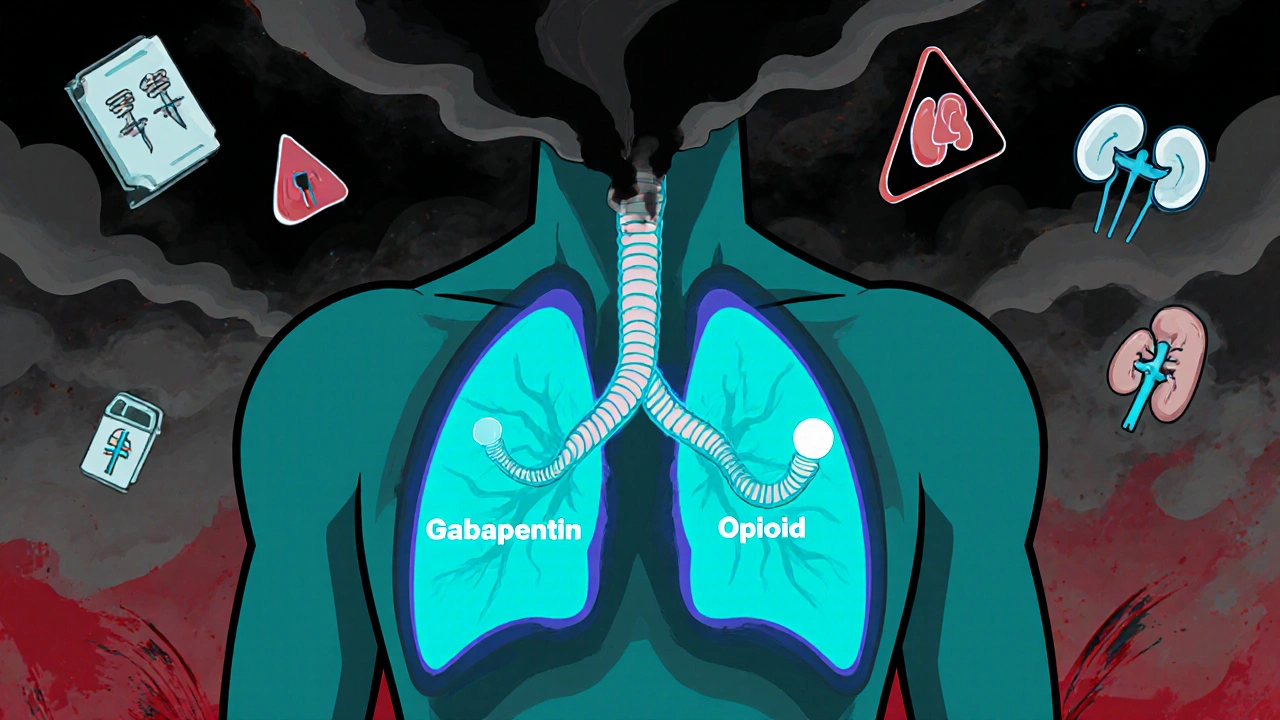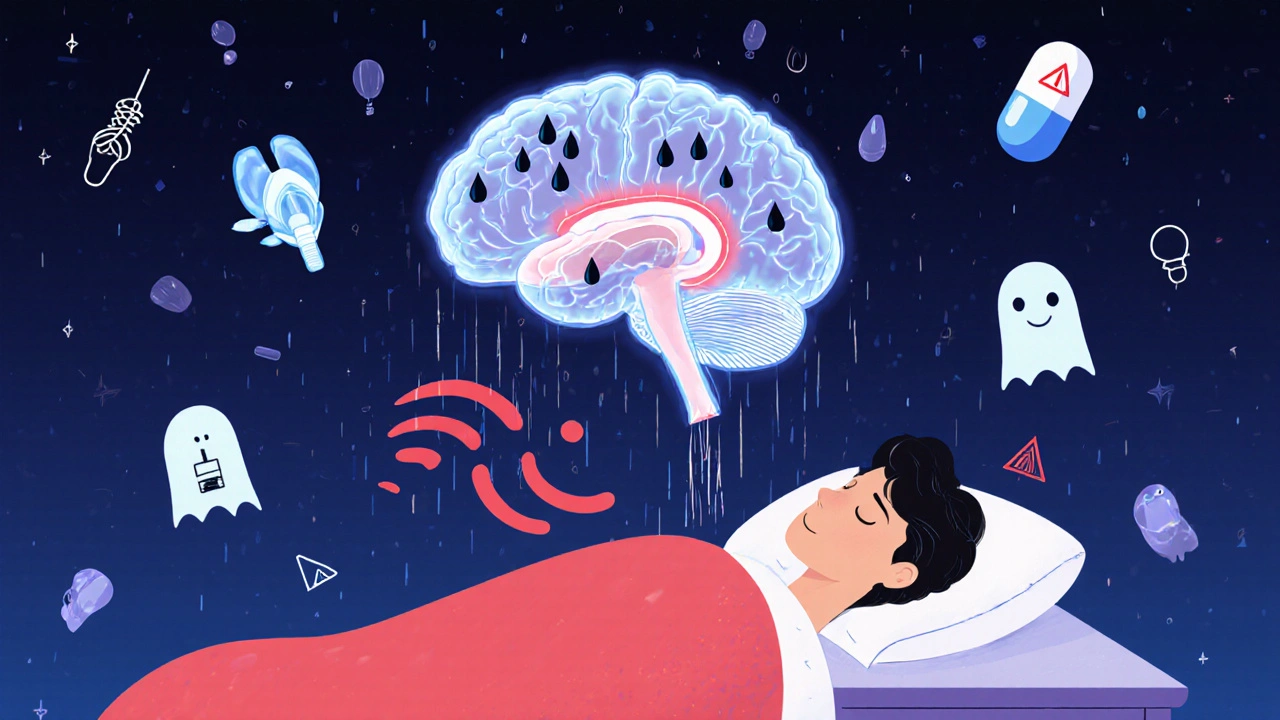Opioids: What They Are, How They Work, and What You Need to Know
When you hear the word opioids, a class of drugs that bind to pain receptors in the brain and nervous system to reduce pain signals. Also known as narcotics, they include prescription painkillers like oxycodone and hydrocodone, as well as illegal drugs like heroin and synthetic fentanyl. These drugs are powerful—effective for acute pain after surgery or injury, but dangerously easy to misused. The body adapts quickly, leading to tolerance, dependence, and in many cases, addiction.
Opioid addiction, a chronic condition where a person continues using opioids despite harmful consequences doesn’t happen because someone is weak—it happens because opioids flood the brain with dopamine, rewiring reward pathways. Opioid withdrawal, the physical and emotional symptoms that occur when someone stops taking opioids after regular use can include nausea, sweating, muscle aches, anxiety, and insomnia. It’s not just uncomfortable—it’s one of the biggest reasons people can’t quit without help. And opioid overdose, a life-threatening event caused by too much opioid suppressing breathing is rising, often because people don’t know the strength of what they’re taking, especially with fentanyl mixed into other drugs.
The posts here don’t just talk about opioids in theory. They show you real-world connections: how drug interactions can make opioids more dangerous, how people mistake side effects for allergies, why generic versions matter in cost and access, and how medication schedules help prevent accidental misuse. You’ll find stories from patients, warnings from doctors, and practical advice on spotting red flags before it’s too late. Whether you’re managing chronic pain, helping a loved one, or just trying to understand the crisis, this collection gives you the facts without the fearmongering—or the sugarcoating.
Gabapentinoids and Opioids: The Hidden Danger of Combined Respiratory Depression
Combining gabapentinoids with opioids can dangerously slow breathing-even kill. Learn why this interaction is deadlier than many doctors realize, who’s at risk, and what safer alternatives exist.
MoreSleep Apnea and Opioids: How Pain Medications Increase Nighttime Oxygen Drops
Opioids can severely disrupt breathing during sleep, causing dangerous drops in oxygen levels. Learn how pain medications increase the risk of nighttime hypoxia and what steps you can take to protect yourself.
More

